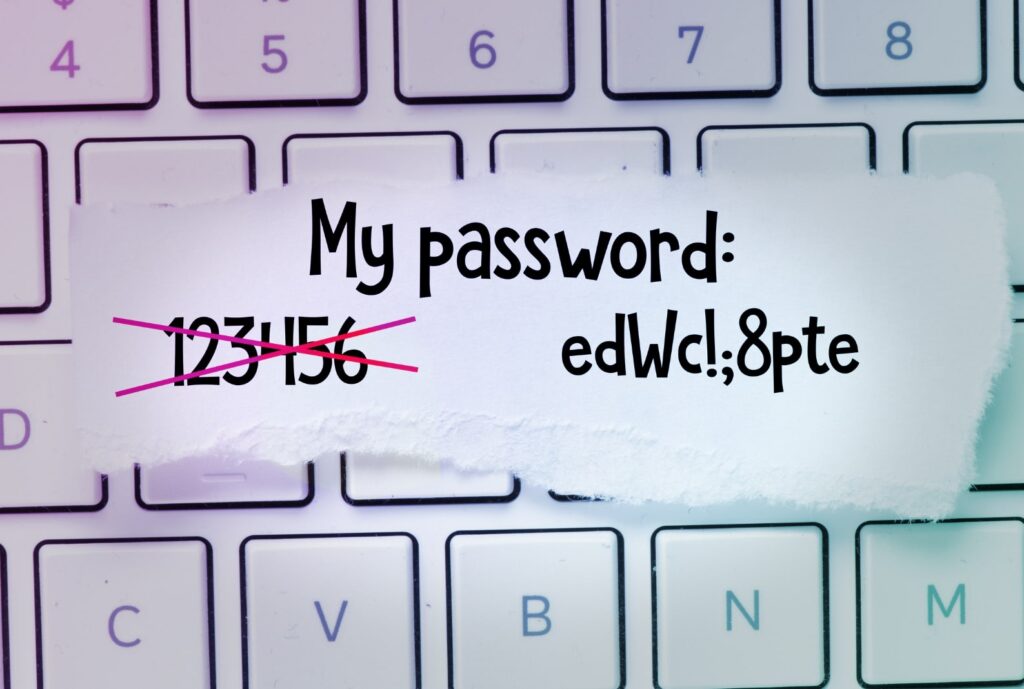Why Businesses Need Password Management

As digital technology becomes more advanced, so do the risks of online security breaches. Cyberattacks continue to be a problem, so businesses need to implement reliable security measures now more than ever. There are many security solutions available. One of the simplest yet most effective is a first-rate password management solution. What Is Password Management? […]
How To Know If You Have a Solid BDR Plan?

Data backup and disaster recovery are two of the most critical services businesses expect from an IT provider. It is especially crucial when malware attacks are so frequent that your business can easily crumble if caught without adequate preparation. That is why you will need to have a solid BDR plan. If you have an […]
IT Compliance and Why It Is Important for Your Business

In running a business, there are a lot of important matters that need to be taken care of. Even if they are not really in line with the core competencies of the business. One such matter is IT compliance. In the last few weeks, we have been talking about compliance and how it is important […]
A Guide to Protecting Your PII

PII is short for Personal Identifiable Information, which refers to any data that can identify a specific person. A hacker can exploit your PII to gain access to restricted areas, make unapproved purchases under your name, or even steal your identity entirely. To keep these incidents from happening, you must know about protecting your personally […]
